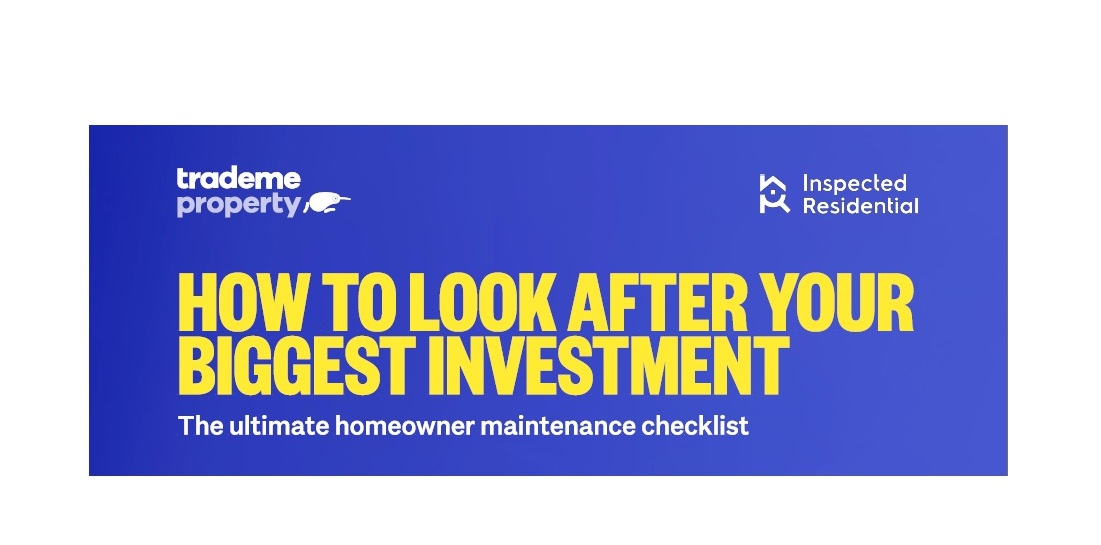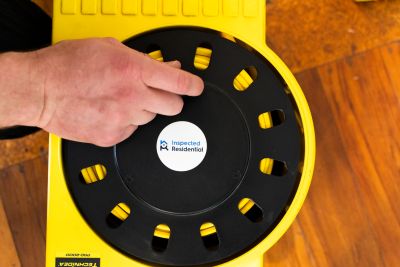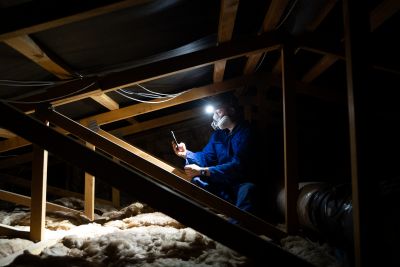Oh No! It's a Leaky Home!
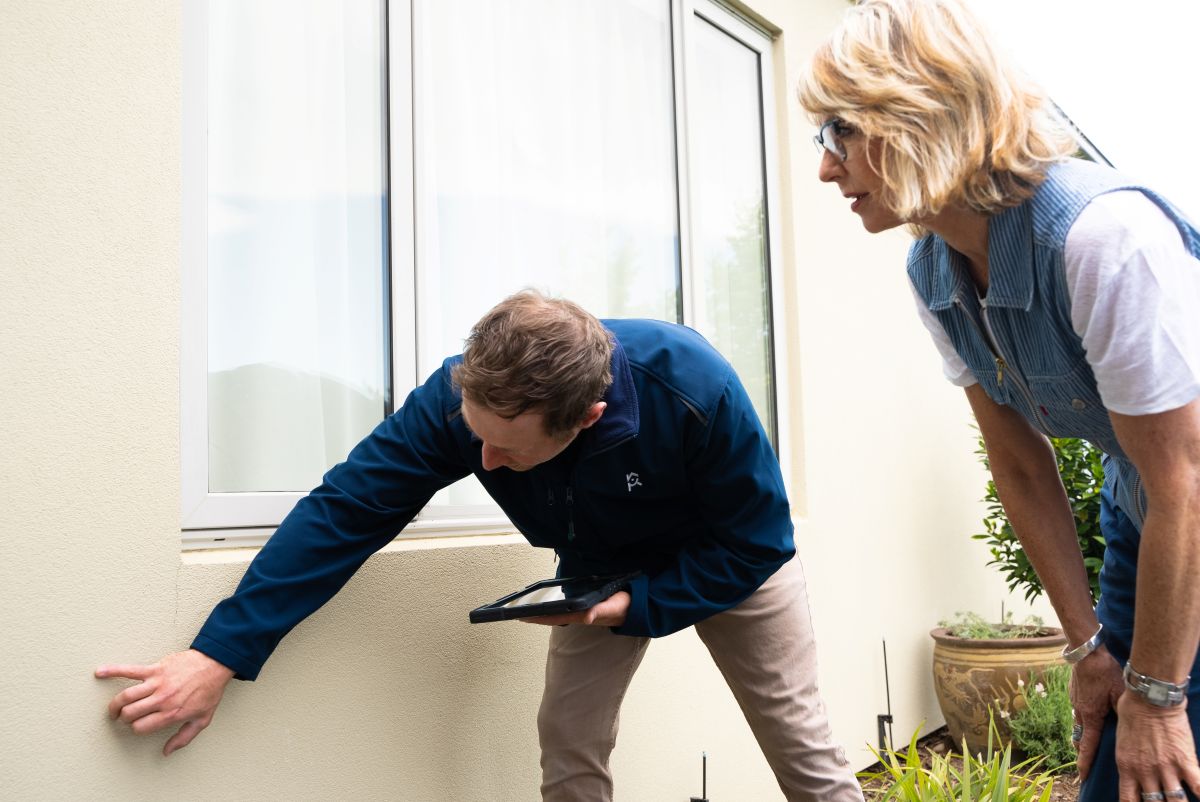
How to Identify Leaky Homes in New Zealand
The term “leaky home” sends a shiver down the spine of Kiwi home buyers – and for good reason. In the late 1980s through mid-2000s, many NZ homes were built with design flaws that let rainwater sneak in behind the walls. Moisture trapped between the exterior cladding and inner walls can cause timber to rot and mould to flourish, leading to expensive repairs. Spotting the warning signs early is essential to avoid buying a disaster.
Risk Factors for Leaky Buildings
Certain construction styles are major red flags. The highest-risk homes are usually those built in the late ’80s to mid-2000s with monolithic plaster cladding over a direct-fixed fibre cement or polystyrene substrate (a smooth, unbroken exterior finish) and lacking eaves. These often have a Mediterranean look – flat or low-pitch roofs and plastered walls with little overhang. Some design features also increase risk, such as plaster-clad balconies over living spaces or complex roof junctions that easily allow water in if not perfectly built. If a house checks these boxes, assume it could have hidden leaks even if you see nothing obvious at first glance.
Warning Signs of a Leaky Home
- Outside: Look for hairline cracks in the cladding (especially near window corners) or any discoloured, bulging patches on the exterior. The cladding should also have a clear gap above the ground or deck to stop moisture being sucked up into the walls. If the exterior looks “sealed tight” with no allowance for drainage, that’s a concern.
- Inside: Stains or bubbled paint on ceilings or walls can indicate water intrusion from outside. Persistent musty odours or mould spots are a huge red flag. Also check for any swollen, cracked or spongy skirting boards and floorboards – wood that feels soft underfoot could mean long-term hidden rot from leaks.
What to Do if You Suspect a Leaky Home
If a property has any of the risk factors or warning signs above, get it inspected by a weathertightness expert before you commit. Not all building inspectors have specialist moisture-detection skills, so consider hiring someone who does. Ask them to look specifically for hidden leaks – they can use moisture meters check the walls without destructive testing. Even with these tools, some moisture problems can remain concealed, so have the inspector point out any high-risk areas they couldn’t fully verify.
If you still decide to proceed with a leaky-prone house, go in with your eyes open. Get estimates on remediation costs and timeframes, and be aware of health risks from mould. Above all, identifying a leaky home before purchase means you can avoid a massive financial headache. Give us a call to – we’ll help make sure your potential home isn’t hiding any nasty leaks.
For more in depth information, a great page to get more advice on this is at Settled.govt.nz learning about leaky homes page.
You may also like...
Stay informed with our expert property advice.
What Our Clients Say
Don't just take our word for it - see what our satisfied clients have to say about their experience with Inspected Residential.
Ready to Make Informed Property Decisions?
Don't let uncertainty cloud your property journey. Our comprehensive building inspection reports provide the clarity and confidence you need to make informed decisions.




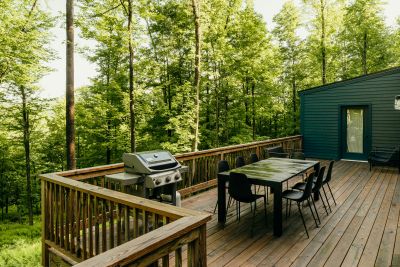
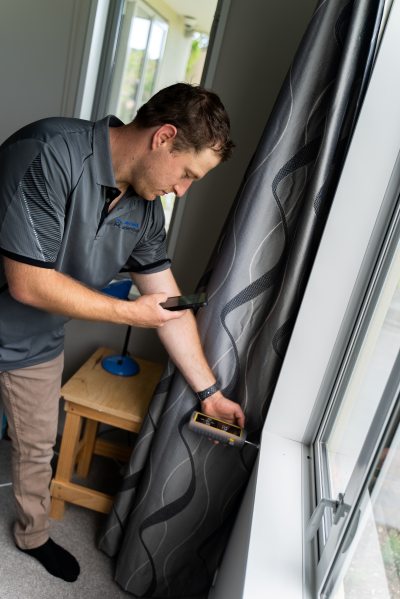
.jpg)
